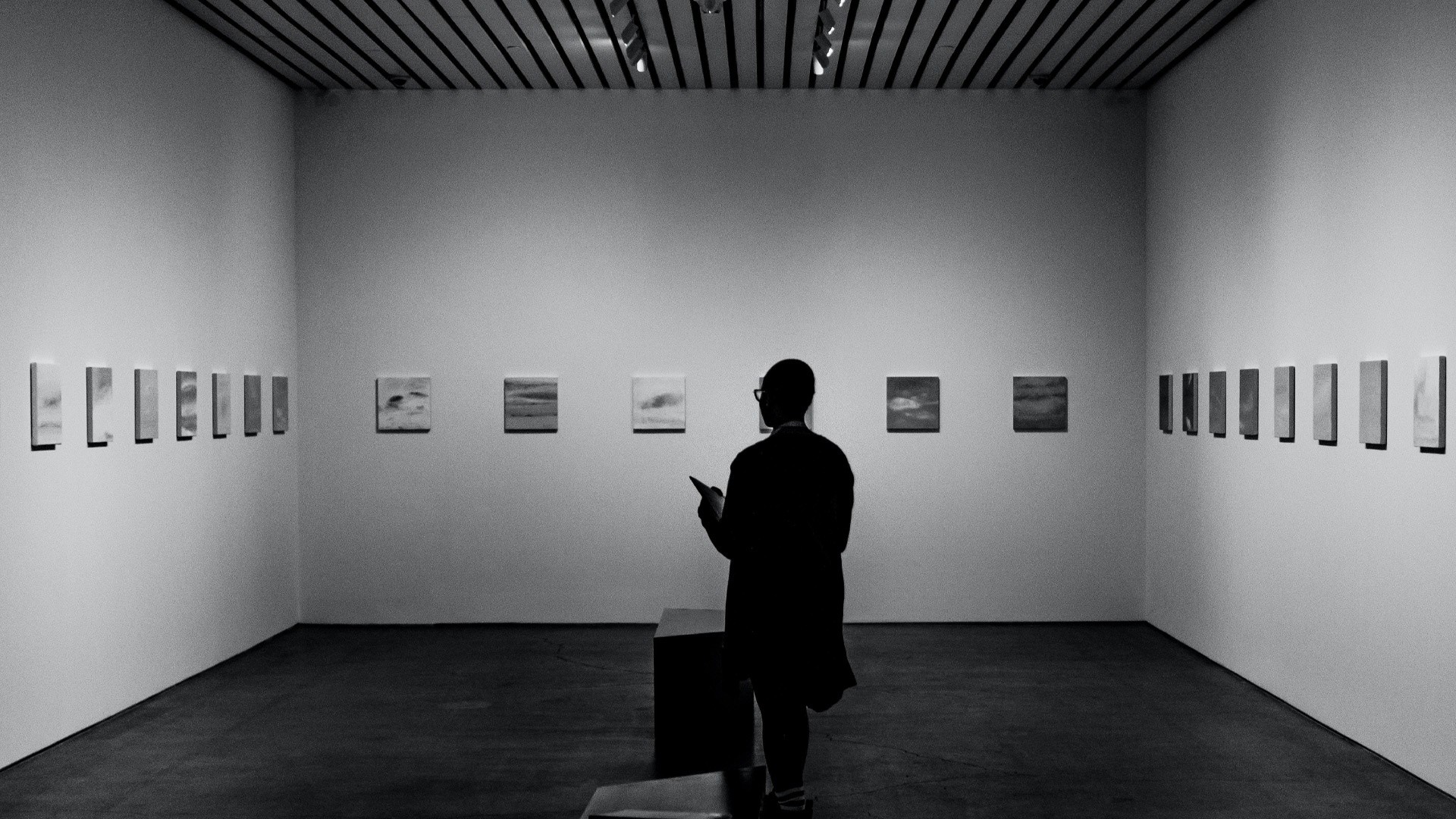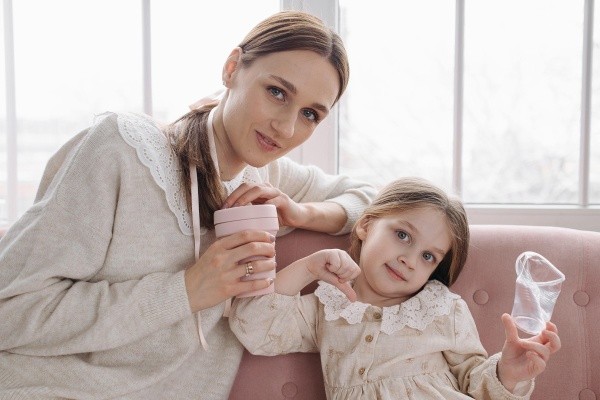Museums have long ceased to be a collection of dusty showcases and exhibits. Today, they are places that combine historical exhibits with a multimedia platform. In this way, museums compete for younger audiences. Currently, however, they have one more problem, how to safely operate in the era of pandemics and lockdowns?
In Poland, The Warsaw Uprising Museum paved the way to being a modern museum. In 2006, the journalist of “Życie Warszawy” (Warsaw Life Newspaper) wrote passionately about the extraordinary activities that the facility ran. The article was about history lessons with the use of a "technical novelties", which at that time was a multimedia board.
The entire Uprising museum is based on multimedia projections, large-format photos, films displayed on computer screens, combined with the scenery of destroyed Warsaw. Today, it is hard to imagine a new museum facility that does not use modern technology.
Games more interesting than a standard showcase
A good example of this is the Museum of the Second World War in Gdańsk. The facility has a New Technology Zone (which is temporarily closed), where everyone has a chance to travel back in time thanks to virtual reality. The museum is full of films, projectors and authentic war sounds and recordings. Smaller institutions, such as the Museum of Romanticism in Opinogora, also followed a multimedia path.
“Most of our exhibitions are rather traditional, but we have prepared a modern exhibition about the historic orangery building, demolished during World War II. Viewers watch a movie about the history of this place, and hear the stories of the reader through headphones. We also have the onEVO floor, a multimedia projector that reacts to movement. Thanks to it, visitors discover exhibits telling them about the history of the museum. This form of sightseeing is more attractive for our youngest audience. Children spend more time focusing on interactive games than on the exhibits in the display case” - states Grazyna Komenda, a guide from the Museum of Romanticism.
In recent months, museums have made another leap into becoming more modern. The sudden push towards being modern was forced by the pandemic.
Discovery of social media
Museums remained closed in lockdowns. According to the Central Statistical Office, in 2020, due to the restrictions related to the COVID-19 pandemic, Polish museums were visited by 58.7% fewer visitors than in 2019.
The institutions faced a problem that they had never faced before: how to educate when visitors cannot visit the exhibition halls? Like cinemas and theatres, museums have had to move their activities to the internet. Many of them started publishing short videos on social media about a given exhibit, character or historical place. Some of them invited famous actors to cooperate. Some museums, such as Łazienki Królewskie (Royal Baths Park), reinvented their blogs. Museum educators also entered schools thanks to on-line lessons. However, museum experts emphasise that even with the greatest effort, the Internet will not replace the traditional visiting of exhibitions. The museum, like the theatre, affects all the senses, and direct contact with a historical exhibits or places can never be recreated online.
Sightseeing in a small group
So museums are looking for ways in which they can operate with their doors open during a pandemic. Multimedia comes to the rescue again. For example, the Polin Museum of the History of Polish Jews installed the onEVO interactive floor in the family education area.
“We have designed games that use elements of Hanukkah. The kids catch donuts and dreidels. Thanks to the interactive floor, they reveal information about Hanukkah dishes or about Hanukkah itself. “After lockdown, we noticed an increase in popularity, especially in this room. Parents with children are happy that they can spend time with each other, in a small family circle” - says Anna Czerwińska from the Polin Museum.
The advantage of this form of play is that the participants do not have to touch any objects, which reduces the risk of transmission of the virus. In the post-pandemic world, the Internet will compliment the main activities of museums.






